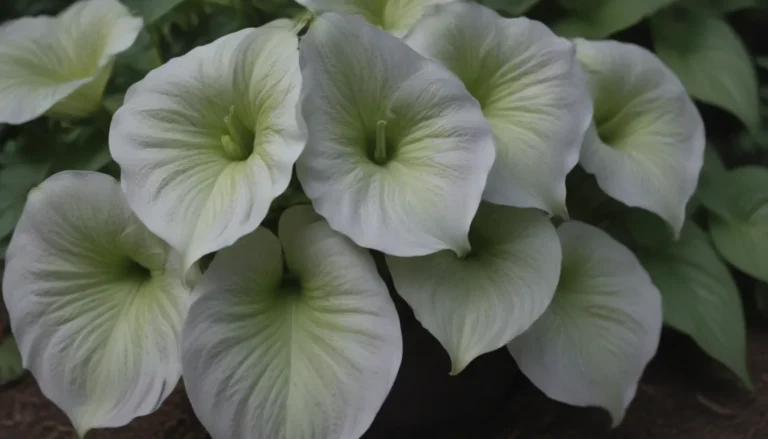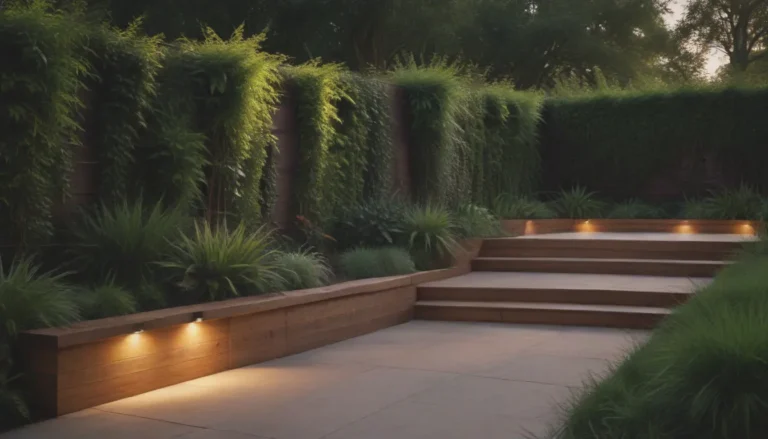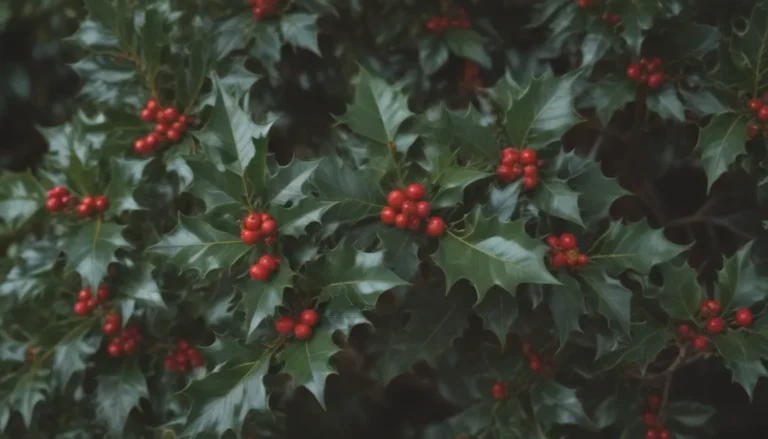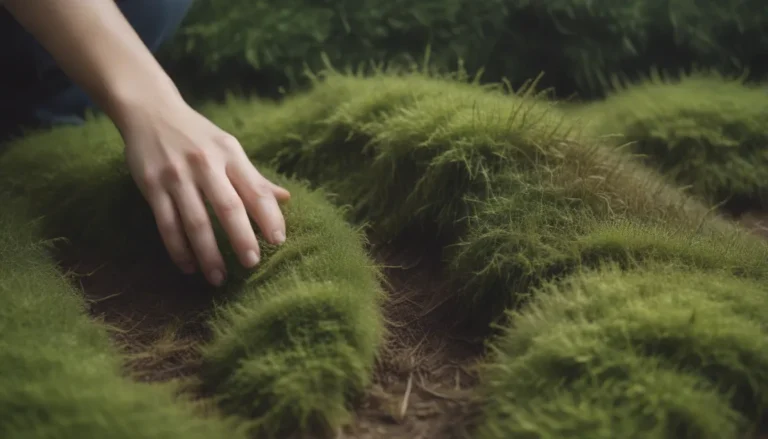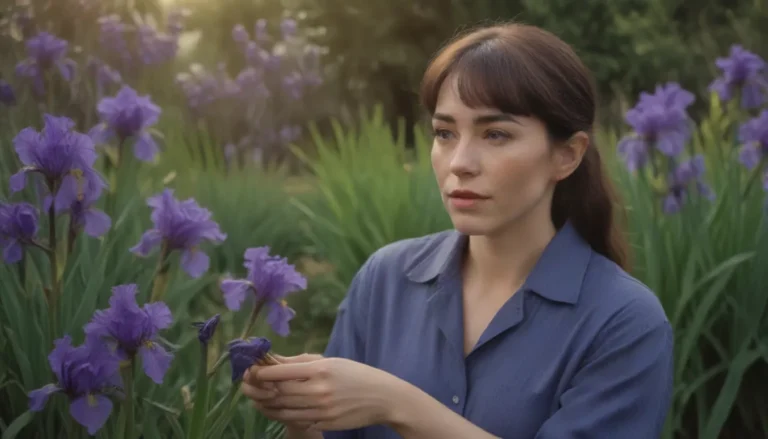The Complete Guide to Growing and Caring for Peas
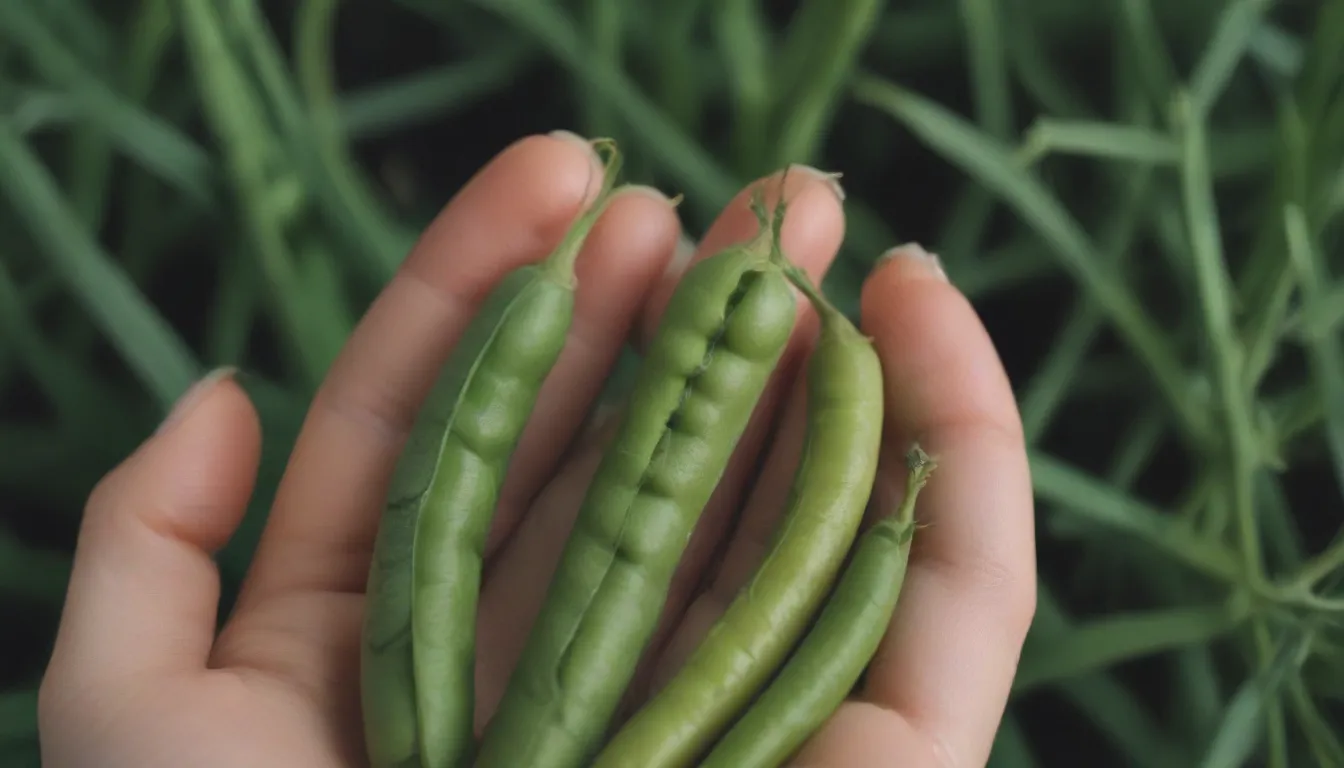
I am excited to share with you all the information you need to successfully grow and care for peas in your own garden. Whether you are a seasoned gardener or just starting out, peas are a fantastic addition to any garden and are a sure sign of spring.
Why Grow Peas
- Peas are a cool-season crop, making them perfect for early spring or fall planting.
- They come in various types, including sweet peas, snow peas, and snap peas, each with its unique characteristics.
- Peas are delicious and nutritious, making them a great addition to your meals.
- Peas are easy to grow and require minimal care once established.
Types of Peas to Grow
When it comes to growing peas, there are many varieties to choose from. Some popular options include:
- ‘Green Arrow’:
- ‘Early Snap’:
- ‘Snowbird’:
Each variety has its unique flavor and characteristics, so feel free to experiment and find the ones that suit your taste preferences.
Planting Peas
When to Plant
You can plant peas directly in the garden about four to six weeks before your area’s last projected spring frost date. Peas have some frost tolerance but may require protection during prolonged periods of freezing temperatures. You can also consider planting in late summer or fall, approximately six to eight weeks before the first fall frost date.
Selecting a Planting Site
Choose a sunny spot with well-drained soil for planting peas. Avoid areas where peas have been grown previously to prevent pests and diseases. Consider using raised garden beds if you have poor soil drainage or experience excessive rainfall.
Spacing, Depth, and Support
Plant pea seeds about an inch deep and two inches apart, with rows at least seven inches apart. If you are growing a vining variety, provide support with poles or pea fencing at the time of planting.
Caring for Peas
Light
Peas thrive in full sun, requiring at least six hours of direct sunlight daily. While they can tolerate some shade, it may affect their growth and flavor.
Soil
Peas can grow in various soil types but prefer loamy soil rich in organic matter. Aim for a slightly acidic to neutral soil pH for optimal growth.
Water
Proper watering is essential for healthy pea plants. Keep the soil consistently moist but not soggy, providing about an inch of water per week.
Temperature and Humidity
Peas prefer mild temperatures between 60 and 70 degrees Fahrenheit but can withstand colder temperatures. Avoid planting in temperatures above 85 degrees Fahrenheit. Humidity is generally not a concern if soil moisture levels are maintained.
Fertilizer
Peas typically do not require fertilizer, but adding compost before planting can improve soil nutrients. Consider using a balanced organic liquid fertilizer when seedlings emerge for an extra boost.
Pollination
Pea plants are self-pollinating, meaning they do not require separate male and female plants for pollination.
Harvesting and Pruning Peas
Harvest peas when they are ready for optimal flavor and texture. Snow peas should be picked when the pods show small peas inside, while snap peas are ready when the pods are plump and glossy. Garden peas are best harvested when the pods are fully formed but not yet dull or waxy. Pick peas in the morning for the best flavor and texture.
While pruning is generally not necessary for pea plants, you can trim off tendrils or shoots for consumption. These tender shoots add a mild, pea-like flavor to salads and other dishes.
Growing Peas in Pots and Propagating Seeds
If you lack garden space, consider growing peas in containers. Use a pot with proper drainage and plant in a fast-draining organic potting soil. Provide support for vining varieties to help them thrive.
Pea plants can be propagated by saving their seeds. Soak seeds in warm water overnight before planting in loosened soil. Germination typically occurs within a week in warmer temperatures.
Common Pests and Diseases
Pea plants may be susceptible to pests such as aphids and pea weevils, as well as fungal diseases like fusarium wilt and powdery mildew. Use organic methods to control pests, such as water spraying or insecticidal soap. Destroy affected plants to prevent the spread of diseases and practice crop rotation to avoid recurring issues.
In conclusion, growing and caring for peas is a rewarding experience that can provide you with fresh, delicious produce. With the right knowledge and care, you can enjoy a bountiful harvest of peas in your garden. Start planting today and enjoy the taste of fresh peas straight from your garden!
